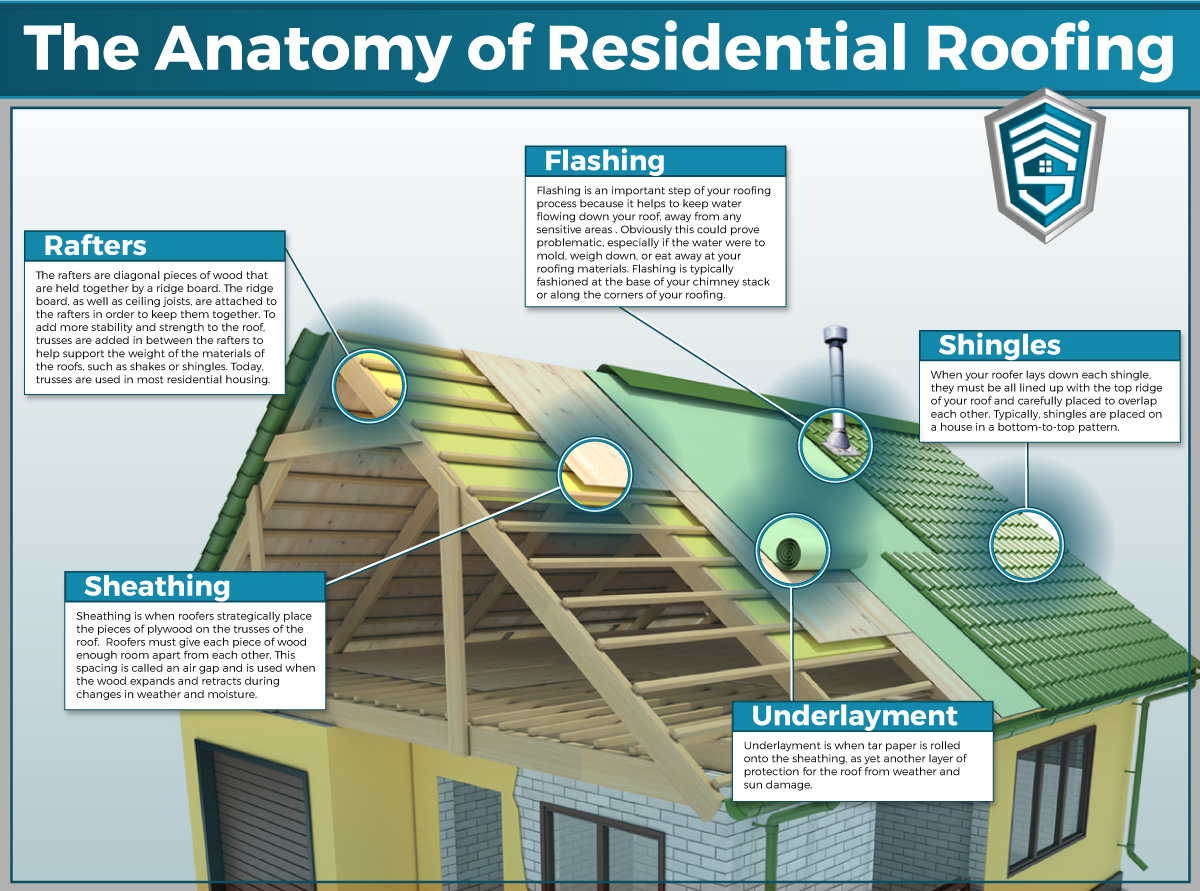The Role Of Roofing System Ventilation In A Successful Installment
The Role Of Roofing System Ventilation In A Successful Installment
Blog Article
Web Content By-Kock Curtis
When you're tackling a roof covering task, you might not think much regarding roof covering air flow, however it's more crucial than you understand. Effective air flow helps regulate temperature level and dampness in your attic, stopping troubles like mold and mildew and architectural damage. By understanding exactly how to design and install a well balanced air flow system, you can boost energy performance and lengthen the life-span of your roof covering materials. So, what are the vital elements to take into consideration throughout setup that can make all the distinction?
Relevance of Roof Covering Ventilation
Roofing system air flow plays a critical function in preserving the total health of your home. By allowing fresh air to distribute via your attic, it assists manage temperature and moisture degrees. This equilibrium is important to avoid warm accumulation during warm months, which can cause boosted energy prices as your cooling works overtime.
Additionally, correct air flow significantly lowers the danger of moisture-related problems like mold and mildew and mildew. If humidity degrees climb, your home's structural stability can be compromised, bring about costly repair services. You would not want to deal with decaying wood or distorted roofing products, right?
Additionally, appropriate ventilation extends the life-span of your roofing system. When warm and dampness are kept in check, your roofing can perform ideally, stopping premature deterioration. This implies less headaches and expenses down the line.
Exactly How Roof Air Flow Works
Reliable roof air flow depends on the natural movement of air to produce a balance in between intake and exhaust. When you mount vents, you're basically permitting fresh air to enter your attic room while allowing warm, stale air to escape. This procedure aids manage temperature and moisture levels, avoiding concerns like mold and mildew growth and roofing damages.
Consumption vents, usually discovered at the eaves, reel in trendy air from outside. Meanwhile, exhaust vents, situated near the ridge of the roof, allow hot air increase and departure. The distinction in temperature produces an all-natural airflow, known as the pile effect. As warm air surges, it develops a vacuum cleaner that draws in cooler air from the reduced vents.
To optimize this system, you need to make sure that the consumption and exhaust vents are correctly sized and placed. If the consumption is limited, you won't accomplish the preferred air flow.
Furthermore, not enough exhaust can trap heat and dampness, bring about prospective damages.
Secret Setup Considerations
When mounting roofing system ventilation, numerous essential considerations can make or break your system's performance. Initially, you need to analyze your roofing's style. https://www.joplinglobe.com/news/business/stephanie-garland-fly-by-night-roofing-contractors-can-cause-headaches/article_315079e6-c88b-11eb-b831-37870aa23d7e.html , shape, and products all affect air movement and air flow choice. Ensure to pick vents that fit your roof kind and neighborhood environment problems.
Next off, consider the placement of your vents. Preferably, you'll desire a balanced system with consumption and exhaust vents positioned for optimal air movement. Location consumption vents short on the roof and exhaust vents near the height to motivate an all-natural circulation of air. top roofing companies in san antonio protect against moisture build-up and advertises power effectiveness.
Don't forget insulation. Proper insulation in your attic prevents heat from escaping and maintains your home comfy. Make certain that insulation does not obstruct your vents, as this can hinder airflow.
Last but not least, think about upkeep. Select visit the following webpage that are very easy to access for cleansing and assessment. Regular maintenance ensures your system continues to operate properly over time.
Verdict
Finally, roofing system ventilation is crucial for an effective setup. By making certain correct airflow, you can protect against warm build-up and dampness concerns that cause pricey damages. When you strategically placement intake and exhaust vents, you enhance power effectiveness and prolong the life expectancy of your roofing. Keep in mind, a well-ventilated roof covering not only shields your financial investment but also boosts your interior air top quality. So, prioritize air flow to ensure a resistant and cost-efficient roof for your home.
